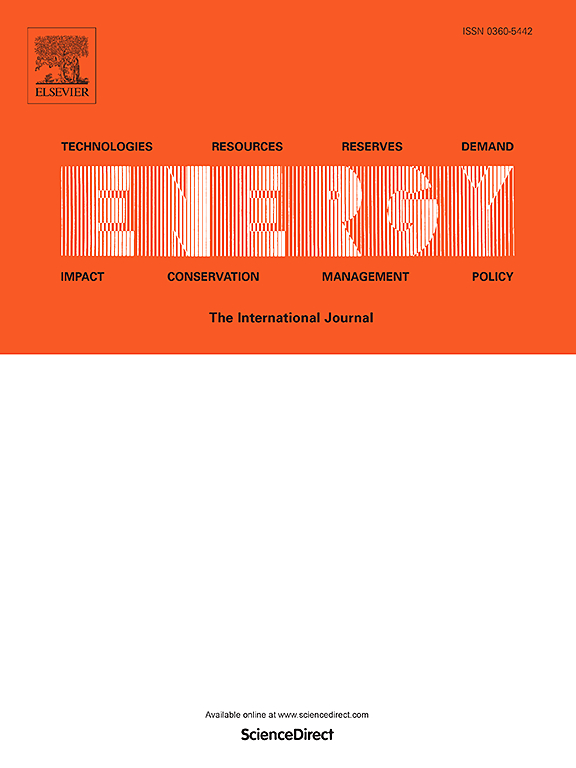Temperature response spatiotemporal correlation model of lithium-ion battery and temperature field reconstruction during charging and discharging processes
IF 9
1区 工程技术
Q1 ENERGY & FUELS
引用次数: 0
Abstract
This study introduces an innovative approach aimed at estimating the temperature distribution inside a lithium-ion battery: By establishing a temperature response spatiotemporal correlation model (RSTCM) for battery, the transient temperature field inside the battery is directly reconstructed according to the surface temperature of the battery. Firstly, an external description of the temperature at the battery charging and discharging process is established. The presence of a definitive spatiotemporal correlation among the temperatures at various nodes within the battery is confirmed. Furthermore, a spatiotemporal correlation matrix for temperature responses is constructed using regularization optimization techniques. The temperature RSTCM for battery is established, which utilizes surface temperature measurement data to estimate the temperature distribution. This study utilizes discharge experiment data from lithium battery to validate the RSTCM model. Additionally, numerical simulations are conducted to analyze the impact of various factors on the reconstruction results, including the number of measurement points, charge and discharge rates, measurement errors, and model mismatches. During the charging/discharging process, the reconstructed battery temperature field exhibits an instantaneous maximum error of roughly 1.5 K. With a measurement noise standard deviation of 1.0 K, the temperature field reconstruction exhibits an instantaneous maximum error of approximately 1.3 K.
求助全文
约1分钟内获得全文
求助全文
来源期刊

Energy
工程技术-能源与燃料
CiteScore
15.30
自引率
14.40%
发文量
0
审稿时长
14.2 weeks
期刊介绍:
Energy is a multidisciplinary, international journal that publishes research and analysis in the field of energy engineering. Our aim is to become a leading peer-reviewed platform and a trusted source of information for energy-related topics.
The journal covers a range of areas including mechanical engineering, thermal sciences, and energy analysis. We are particularly interested in research on energy modelling, prediction, integrated energy systems, planning, and management.
Additionally, we welcome papers on energy conservation, efficiency, biomass and bioenergy, renewable energy, electricity supply and demand, energy storage, buildings, and economic and policy issues. These topics should align with our broader multidisciplinary focus.
 求助内容:
求助内容: 应助结果提醒方式:
应助结果提醒方式:


